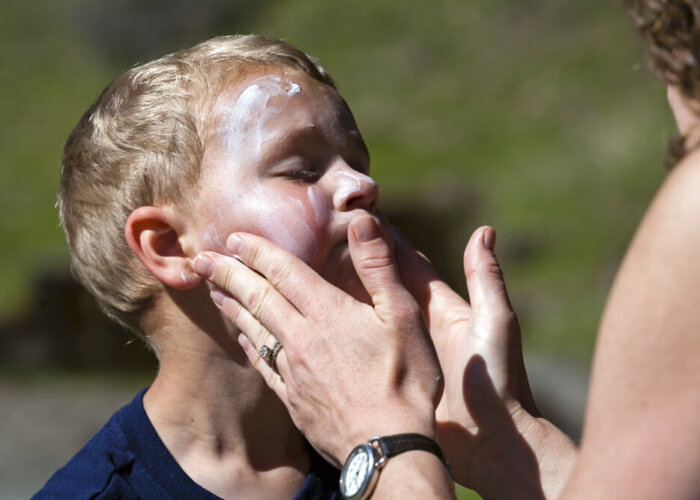Teaching safe PE in the heat

This week has been a scorcher, and we’re sure there’ll be plenty more to come over the summer! Whilst we still encourage activity over the hotter months, it’s important to bear a few important considerations when teaching safe PE in the heat.
PE and after-school clubs in the spring and summer terms are eagerly anticipated by many teachers and pupils. However, spending extended periods outdoors requires taking precautions to ensure safety.
#1 Hydrate before, during and after exercise
Drinking plenty of fluids is absolutely key for exercising in hot weather. Not only keeping children hydrated but also helping to keep body temperature down. Make sure you actively encourage this throughout and also factor a number of water breaks into your sessions.
#2 Wear light materials
It’s important to consider lightness in two ways when dressing children. Firstly, lightweight and breathable materials should be chosen to avoid unnecessary weight and layers. Secondly, light-colored clothing is preferable as it reflects heat more efficiently compared to darker materials that absorb it.
#3 Avoid intense sunlight if possible
It’s safest to avoid activities in the hottest part of the day when the sun is at its peak. If PE lessons could be held indoors in a well ventilated environment this would be recommended. If they are to take place outside, then using a shaded area, or an area with a cooler surface (i.e. grass as opposed to tarmac) would be safer.
#4 Use skin protection
If activities are to take place outdoors then make sure that all of your group are well protected against the sun and its UV rays. This means encouraging the use of sunscreen (making sure to reapply at least every two hours) sunglasses and caps. As caps can raise body temperature, these can be soaked in cool water beforehand.
#5 Reduce the intensity of activities
When it’s hot outside, certain activities can be more challenging on the body. High-energy activities that involve a lot of running or movement can cause more stress and lead to faster increases in body temperature. To stay safe and comfortable, we suggest opting for less intense activities that incorporate frequent breaks, such as cricket or rounders. For younger age groups, throwing and catching games can also be a great option.
#6 Recognise the signs of heat exhaustion
It is crucial to remain vigilant, even if you have taken all necessary measures, as certain children may have varying reactions to hot weather. Keep a lookout for indicators of heat exhaustion and respond swiftly if any are observed. These are:
- Dizziness / Fainting
- Excessive sweating
- Muscle cramps and fatigue
- Nausea / vomiting
- Intense thirst
- Rapid, weak pulse
- Pale, cold, clammy skin
If you recognise one or more of the signs of heat exhaustion, act quickly and move the child to a cooler, ideally air-conditioned place. Make sure they drink water if they can and use a cold compress to bring their body temperature down. If symptoms worsen, then seek immediate professional medical attention as untreated heat stroke can be deadly.
We encourage you to continue teaching PE outdoors during warmer weather as children eagerly await the opportunity to run and play on the field. It’s important to bring hats, drinks, and suncream for protection. Additionally, consider asking parents and caregivers to apply suncream before school and provide a top-up if needed. If you plan on organizing a sports day, ensure there are shaded areas available for resting and limit time spent outdoors on extremely hot days.
Thanks for reading, we hope you’ve found these points useful! Keep safe and enjoy! If you want to know more about what we do at The PE Hub complete the form below and get in touch! #movingPEforward

